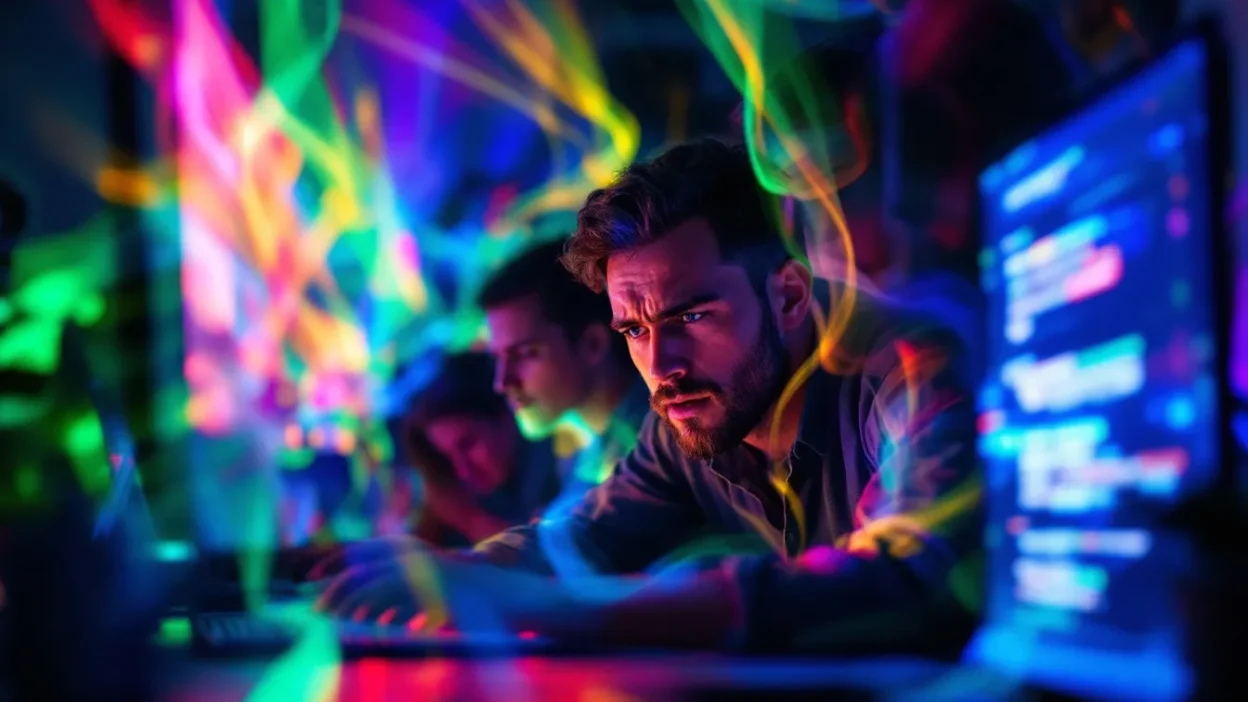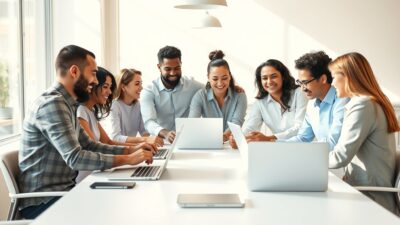There’s a certain beauty to working at a creative agency – brainstorms buzzing, mood boards building, colors popping. But behind the aesthetic polish is a daily scramble to manage each design project efficiently.
One team’s working on a product launch, another is deep into a rebranding sprint, and yet another is juggling social media creatives across five platforms. You’ve got feedback flying in from clients, designers waiting on approvals, and someone somewhere accidentally using the wrong version of a logo.
Managing multiple design projects is not just a challenge; it’s practically an art form. Without the right setup, even the most talented teams can get stuck in endless loops of email chains, delayed responses, and duplicated effort.
And the biggest irony? Most of the confusion doesn’t come from the design work itself. It comes from how we organize it.
The Reality of Running Multiple Projects
Agencies today are expected to be ultra-responsive, detail-oriented, and insanely creative, all at once. And when you’re managing three, five, or ten projects at a time, it’s easy for wires to cross.
You’re not just juggling tasks- you’re juggling:
- Deadlines
- Feedback from multiple stakeholders
- Brand guidelines that differ for each client
- Internal collaboration among designers, strategists, and writers
- And of course, last-minute creative changes
The takeaway? It’s not the work that’s hard – it’s managing the workflow.
The mental load gets heavy, not because you’re disorganized, but because the system wasn’t built for how creative work actually flows.
What does that lead to?
- Lost feedback
- Missed approvals
- Burned-out teams
- And a sense that you’re always reacting, never getting ahead
If any of this hits a little too close to home, you’re not alone. Most agencies aren’t lacking talent or ideas; they’re just drowning in process sprawl.
What you need isn’t another tool to “track tasks.” You need a space where feedback, files, timelines, and teamwork come together. A workflow that feels less like juggling flaming swords and more like a well-rehearsed jam session!
One Workspace, Multiple Moving Parts
Whether it’s a product launch campaign or a simple asset refresh, creating a dedicated board for the collection of creatives. Even better? Organizing these boards within Spaces per client, so nothing gets mixed up.
Let’s say you’re working with Client A on a new social campaign and with Client B on a rebrand. Without structure, it’s all too easy for assets and feedback to cross over. But with Spaces, your team always knows where they’re working and who they’re working with.
You can add reviewers, share public links, drop in files, and assign tasks – all in context. And when your team’s juggling multiple campaigns at once (which, let’s face it, is most of the time), this kind of clarity is golden.
It might seem like a small shift at first. But when you’re scaling up, onboarding new clients, or working across time zones, having a clear structure isn’t just nice, it’s essential.
- Fewer tabs.
- Fewer mix-ups.
- More time creating.
That’s the beauty of one workspace with just the right amount of structure.
It’s a small change, but it makes a big difference- especially when scaling up.
Feedback is Not Just Comments- It’s Collaboration
Design feedback is a make-or-break part of the creative process. It has the potential to elevate good work into great – but only if it’s done right. But let’s be real:
- Vague comments like “Something’s off” don’t help.
- Feedback via six different channels doesn’t scale.
- And without a clear timeline, approvals can stall projects for days.
ButtonShift lets you create a unified, transparent feedback process, which means comments are tied to specific files or boards, everyone sees what’s been asked, and there’s no confusion about what version of the design you’re working on.
And when clients can see where a design stands, and what feedback has been actioned? That’s trust. That’s clarity. That’s time saved. (For more on creating better feedback loops, check out this article from Userpilot, which explains how great feedback can be your creative team’s superpower.))
Stay On Track with Simple, Prioritized Worklists
Even when everything is neatly organized, staying in motion is where most teams struggle. Ideas are flowing, files are shared, feedback is in, and yet, somehow, tasks still fall through the cracks.
That’s where a clear, visual Worklist becomes a project manager’s best friend.
Think of it like your team’s creative control panel. No more toggling between apps or digging through spreadsheets to figure out what’s next. With Worklist, everyone can instantly see what’s in progress, what’s urgent, and who’s working on what – all in one glance.
And no, this isn’t about micromanaging. It’s about clarity and calm. When priorities are laid out transparently, teams can self-manage, stay aligned, and move faster without unnecessary check-ins.
- Designers know what’s due this week.
- Copywriters know what needs review.
- Project leads get a real-time pulse without chasing updates.
It’s how you move from reactive chaos to proactive flow.
Less back-and-forth. Fewer internal meetings. And a whole lot more getting things done.
Whether you’re managing a campaign, launching a brand refresh, or juggling multiple clients, Worklist helps creative teams stay grounded, focused, and in sync.
Instead of toggling between task managers and reminders, your team can see what’s pending, what’s a priority, and who’s responsible- all in one glance.
It’s not about micromanagement. It’s about clarity. When teams can self-manage effectively, you get fewer blockers, more ownership, and – let’s be real, fewer internal meetings.

What You’re Avoiding by Staying in Sync
When teams don’t have a structured place to manage creative work, you risk:
- Duplicating effort (two people designing the same thing)
- Conflicting feedback that leads to rework
- Missed deadlines because no one knows what’s urgent
- Stressed designers chasing down approval emails
The beauty of a structured creative environment is that everyone knows what they’re working on, who’s reviewing it, and what comes next.
You don’t need dozens of tools- you just need a smarter way to organize, communicate, and deliver.
Explore how you can improvise your project collaboration with ButtonShift.
Ready to streamline the chaos and keep your team in sync?



